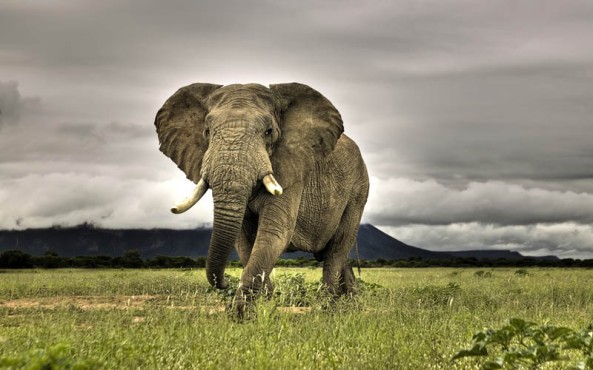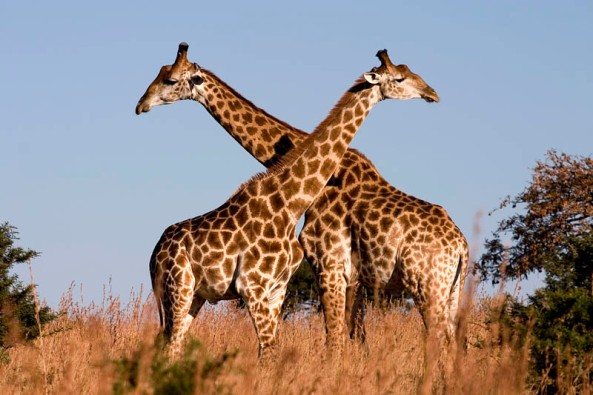
The Southern elephant seal is the largest carnivore living today. This seals’ size shows extreme sexual dimorphism, possibly the largest of any mammal, with the males typically five to six times heavier than the females. While the females average 400 to 900 kilograms (880 to 2,000 lb) and 2.6 to 3 meters (8.5 to 9.8 ft) long, the bulls average 2,200 to 4,000 kilograms (4,900 to 8,800 lb) and 4.5 to 5.8 meters (15 to 19 ft) long. The record-sized bull, shot in Possession Bay, South Georgia on February 28, 1913, measured 6.85 meters (22.5 ft) long and was estimated to weigh 5,000 kilograms (11,000 lb).
Southern elephant seals dive repeatedly, each time for more than twenty minutes, to hunt their prey—squid and fish— at depths of 400 to 1,000 meters (1,300 to 3,300 ft). The documented diving records for the seals are nearly two hours for the duration, and more than 1,400 meters (4,600 ft) in depth. [Source]
The diverse order Carnivora includes over 280 species of placental mammals. Its members are formally referred to as carnivorans, while the word “carnivore” (often popularly applied to members of this group) can refer to any meat-eating organism. Carnivorans are the most diverse in size of any mammalian order, ranging from the least weasel (Mustela nivalis), at as little as 25 grams (0.88 oz) and 11 centimetres (4.3 in), to the polar bear and southern elephant seal.
http://www.rockjumperbirding.com/nggallery/page-118/album-3/gallery-34/





